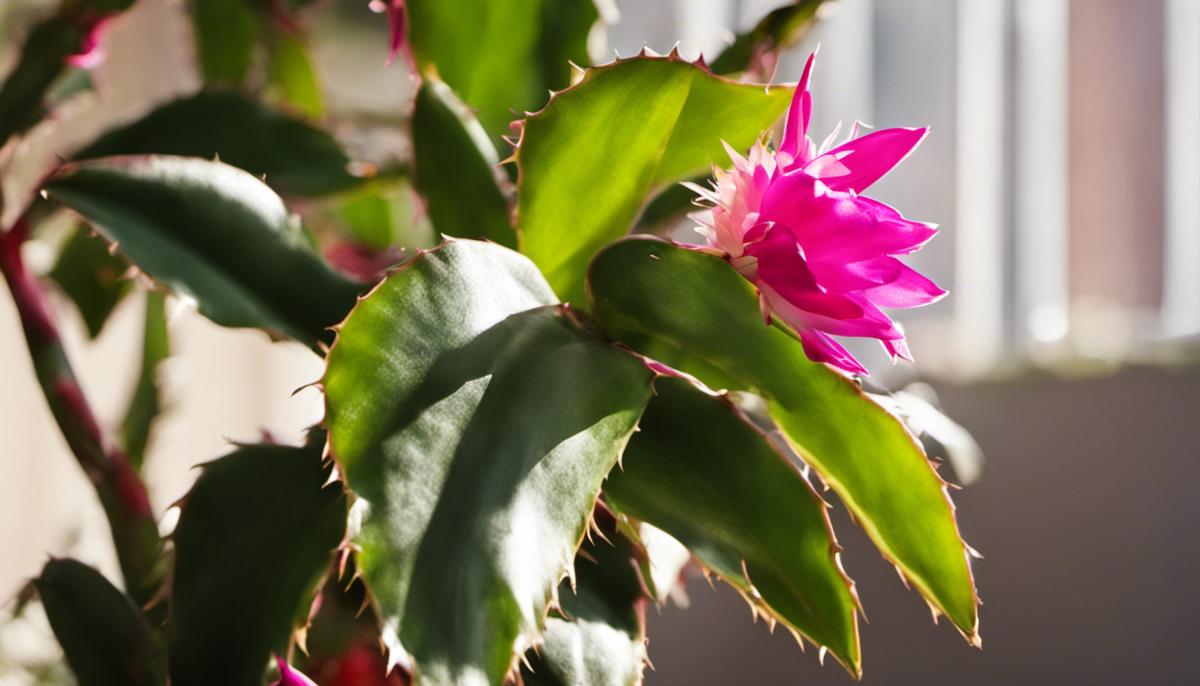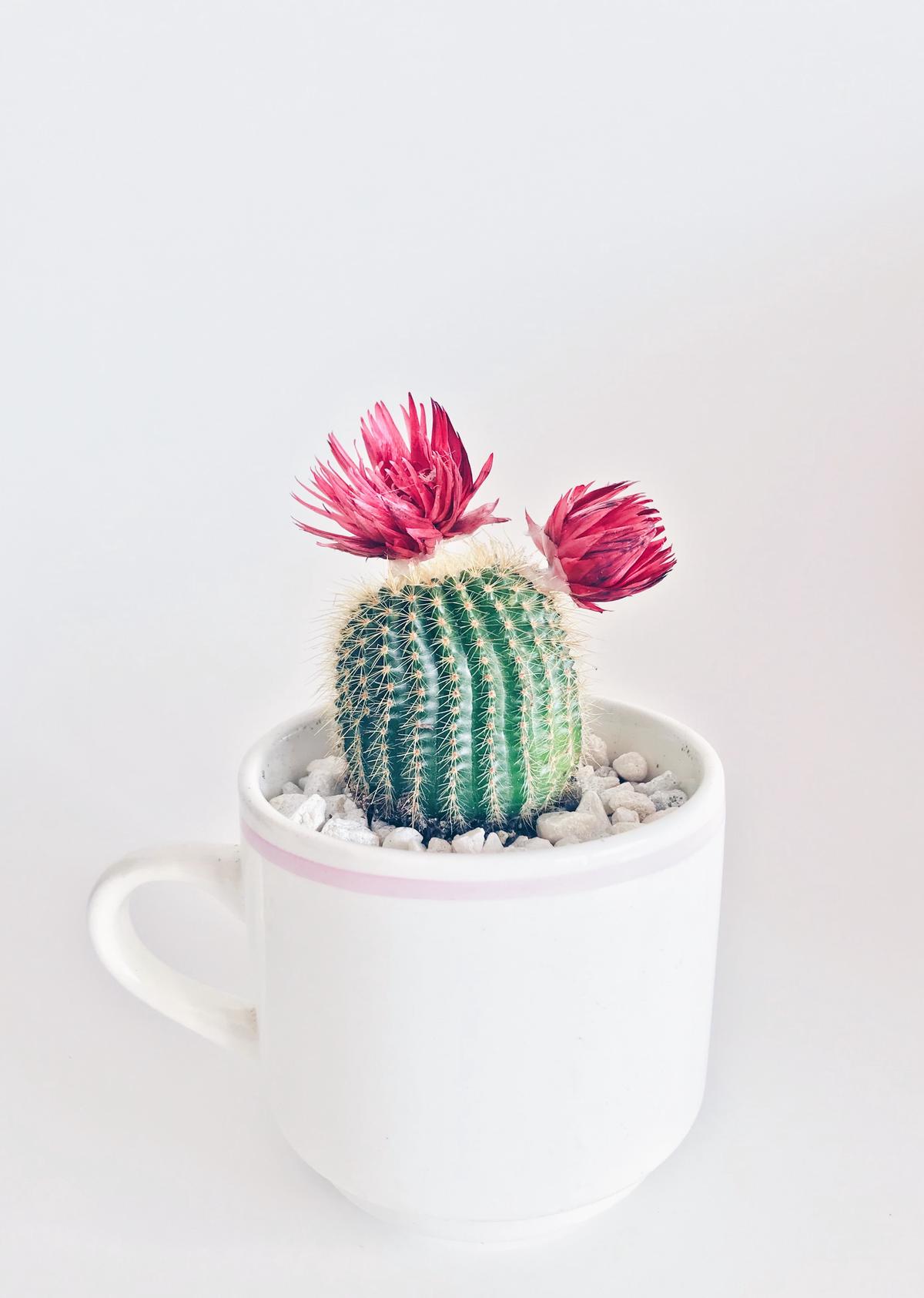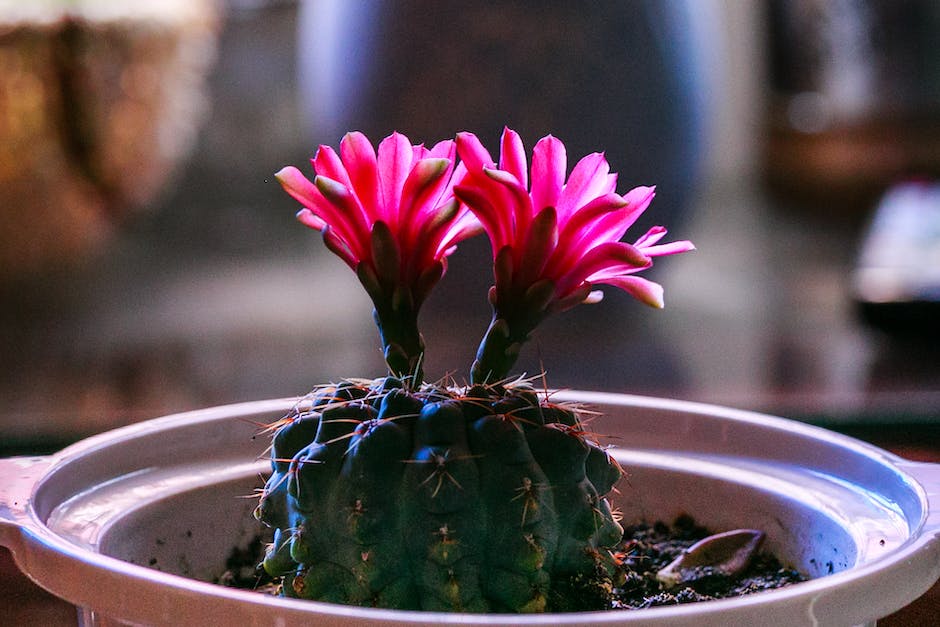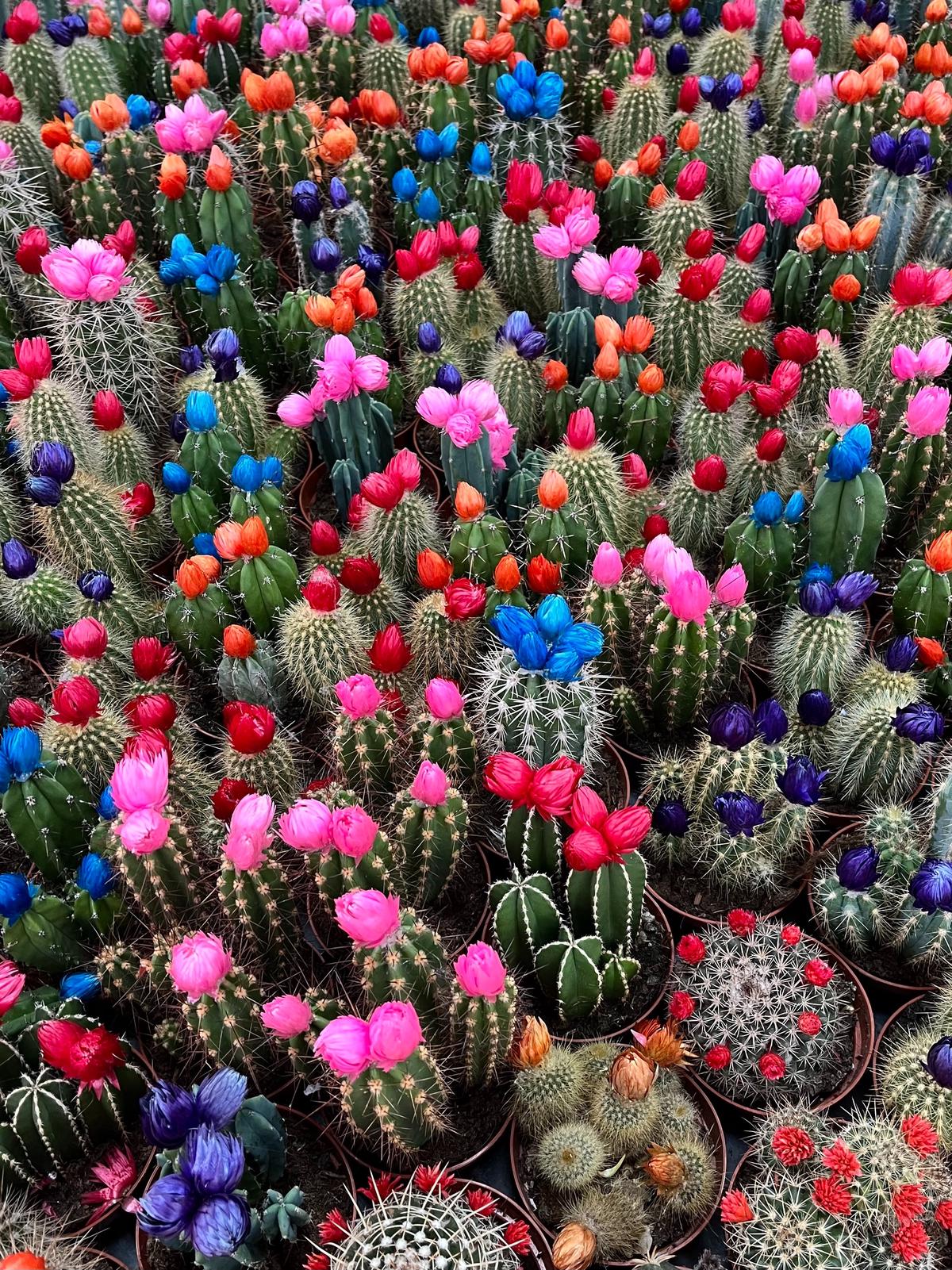Guide to Blooming Your Christmas Cactus

There’s a certain magic that comes with the blooming of a Christmas Cactus, a succulent plant that defies the nature of its desert cousins by bursting into vivid flowers during the holiday season. Yet, this enchanting display isn’t guaranteed; it depends on providing the cactus with conditions that mimic its native environment. This guide will not only enhance your understanding of the Christmas Cactus and its unique lifecycle but will also equip you with valuable information on its water, light, temperature, and feeding requirements. By tailoring your treatment of this captivating plant to these requirements, you can significantly increase the chances of witnessing its spectacular blooming period year after year.
Understanding Christmas Cactus
The splendid Christmas cactus, a unique breed of ornamental flora, hails its name from its fantastic timing of blooming right during the holiday season. Renowned for its cascading waterfall of brightly colored, delicate flowers, it’s the perfect accompaniment to festive decorations. Despite its beauty, getting this gem to bloom just in time for Christmas can be a challenging feat, but we’ve culled together the essential steps and tips to ensure your Christmas cactus gives you those enchanting blooms year after year. Let’s delve right into it!
First off, it’s important to note that Christmas cacti are tropical plants, originally from Brazil’s rainforest, which means they prefer humid conditions. Maintaining a humidity level of around 50-60% is ideal for these cacti. Consider placing a tray with water near your plant or using a humidifier to get the best results.
The next bit of advice revolves around light. Keep these charming plants in a spot where they have access to bright but indirect light. Direct sunlight often results in the yellowing or wilting of the leaves. Whilst these beauties love light, they also need their beauty sleep. An uninterrupted period of darkness for 12 to 14 hours each day for approximately six weeks is crucial for them to set buds.
Coming to temperature, remember that Christmas cacti do best between 60 and 70 degrees Fahrenheit. The cooler temperatures will encourage blooming – drop down to 50-55 degrees at night if you can. Also, avoid exposing them to drastic temperature fluctuations; it might cause the buds to fall off.
When it comes to watering, remember the saying, ‘less is more.’ Only water when the top inch of the soil feels dry to the touch. Overwatering can lead to root rot, which might ultimately kill your plant. Christmas cacti prefer well-draining, sandy soil to mimic their natural habitat.
Finally, give your Christmas cactus some plant food during its growth and flowering cycles. Fertilize it with a high-potassium fertilizer every two weeks once the buds form. Just don’t feed the plant when it’s not actively growing new leaves or blooming.
In summary, with proper care, your Christmas cactus can be a dazzling spectacle during the holiday season, adding to the love, joy, and wonder of it all. Here’s to creating magical Christmas moments with a blooming Christmas cactus—because nothing says “Happy Holidays” like a pop of natural color in your cozy corner.
Happy holiday gardening!

Photo by stephanieharvey on Unsplash
Water and Light Requirements
Light and water are essential features in the blooming process of the beloved Christmas Cactus. Providing the right balance of these crucial elements, paired with knowledge and dedication, helps cultivate thriving plants that enchant with magnificent, long-lasting blooms.
Let’s dive deeper.
Light, a primary factor for the Christmas cactus bloom, should ideally be indirect but bright. Placing these plants in a north or east-facing windowsill, where they are exposed to morning sun and afternoon shade, promotes spectacular blooming. While they tolerate intense light, avoid direct sunlight, which can burn the leaves and stunt growth.
A fascinating aspect of the Christmas cactus is its need for short days and long nights to trigger blooming. A period of darkness lasting for about 14 hours over 6 weeks prompts the beloved blossoming process. During this time, it’s critical to keep the plant in complete darkness – no peeking! Even a small amount of artificial light can disrupt this process.
Moving on to water, these succulents native to rainforests crave more humidity and water than their desert-dwelling cousins. The thirst of a Christmas cactus increases as buds form, requiring careful attention to maintain proper moisture levels. However, executing the perfect balance is crucial – too much watering can lead to root rot, while too little can cause buds to fall off prematurely.
It’s important to remember – when watering, do so thoroughly. Ensure the water drains out to prevent the roots from sitting in excess water. Typically, waiting until the top inch of the soil is dry before watering again helps strike that balance.
Even though high humidity is beneficial for these plants, they can also tolerate dry indoor air. However, during the budding stage, they appreciate a little humidity boost. A simple-to-execute hack here is to place a tray with water near the plant. As the water evaporates, it increases the humidity around the plant.
Balancing light and water effectively does take some practice and patience but fine-tuning these elements and closely observing the plant’s response can lead to a splendid display of radiant, holiday-ready blooms. Remember, every Christmas cactus has its quirks. What works for one might not work for another. Embrace the process and take joy in discovering what makes your Christmas cactus shine the brightest! It’s all part of the hobby we all love so much. And it’s every bit worth the effort when those first buds of vibrant color start to form. Ready for the blooming party? Your Christmas cactus certainly is! Happy growing and happy holidays from this hobby to your home!

Temperature and Feeding
Bringing the Christmas cactus to its glorious, full-flowering potential is really a practice in the art of precision and balance.
One might be surprised by the profound impact temperature variations have on this unique shrub’s blooming process.
To spur the blooming, introduce a cool period for about six weeks before you’d like the Christmas Cactus to flower.
Try to maintain daytime temperatures of about 70 degrees F and lower them to 55-60 degrees F at night during this period.
What’s simply interesting is that these temperature shifts recapture the Christmas cactus’s natural environment — cool, mountainous regions of coastal Brazil — and effectively trick the plant into thinking it’s time to flower!
However, temperature isn’t the sole player here.
You’ve got to have the feeding right for your cactus to bloom brilliantly.
During the natural growth period of a Christmas cactus, namely April to September, one should frequently apply a high-potassium fertilizer.
It is recommended to fertilize Christmas cacti every three to four weeks throughout their growing season.
But remember, of course, to suspend feeding approximately one month prior to the plant’s anticipated bloom time, helping it conserve energy for the array of vibrant flowers it will soon produce.
Cool nights and a halt in feeding might sound harsh, but they are really just love letters from you to your Christmas cactus, written in a language it understands!
But there’s another important factor to be taken into consideration: the dormancy period.
Come fall, one should allow the Christmas cactus a six to eight week rest period at cool temperatures and limited watering.
After such hibernation, your Christmas cactus will be more than ready to put out a spectacular, blossoming display.
In conclusion, the secrets to coaxing your Christmas cactus into full, vibrant bloom boil down to a perfect orchestration of temperature, lighting, watering, and feeding.
Now that you’re equipped with all this knowledge, it’s time to implement it into your Christmas cactus care routine and await the blooming wonder that will create sparks of joy in your holiday season.
Just remember: as with any endeavor, patience is key.
The Christmas cactus might take its own sweet time to bloom, but when it does, the sight will be nothing short of magical!

Photo by ezgideliklitas on Unsplash
After acquiring a comprehensive knowledge of the Christmas Cactus and its natural cycle, as well as understanding the significance of appropriate lighting and watering conditions, it’s now time to turn theory into practice. Remember, this remarkable plant relies on you to replicate its native environment and provide the essential nutrients for its growth and blooming. The process might require patience and careful observation, but the reward—bright, beautiful Christmas blooms—is well worth the effort. So start to attune to the unique living pattern of your Christmas Cactus, practice the art of appropriate watering, lighting, temperature control, and feeding, and look forward to a dazzling flowering display when the holiday season arrives.



